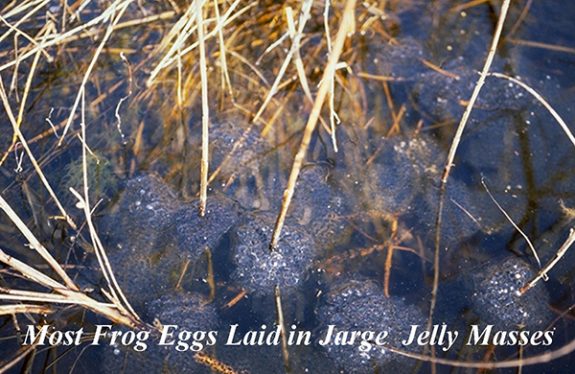
By Tom Hodgson
(Publisher’s Note: Many of you will remember Tom Hodgson’s wildlife columns from year’s ago. Well, they’re back – as a gift to us all while we do our part to stop the spread of this virus.)
Well our world certainly has been turned upside down these last few months.
It seems that all the things and people that we love are now off limits or can only be viewed from a distance.
I have empty arms that used to be filled with grandchildren. Now I can only look at them through the window pane. Fortunately, Mother Nature continues on oblivious of what we humans are dealing with, and can perhaps provide some diversion and comfort to ease the pain of our disrupted lives. Since spring is the season of rebirth and renewal there is plenty to grab our attention.
Right now frogs are taking center stage, soon to be followed by a plethora of spring wildflowers. Ponds and roadside ditches are now filled with the sounds of amorous amphibians vying for mating privileges.
They emerge in a predictable sequence. The quacking of wood frogs is already on the wane. Both spring peepers and chorus frogs are in full song. Later in the month they will be joined by American toads and leopard frogs.
The frogs are a lot easier to hear than see. Anyone who has a small flooded pond or roadside ditch nearby should be hearing them now. But seeing them is a different story. Many are very small and all are well camouflaged. But their amorous calls that often exceed one hundred decibels in volume give them away. As one approaches a pond, the frogs detect the movement and quit singing. It may take several minutes of standing very still until they resume.
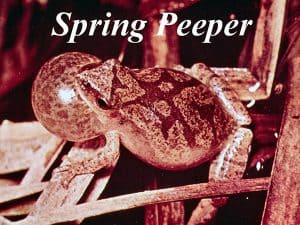
Spring Peeper
Here are the frogs we can expect to hearing the next couple of weeks.
The spring peeper is a tiny, tan and brown frog with a body length of only one to one and one half inches. Its back is marked with an ornate X. It is named after its clear peeping call. This is a small frog with a very big voice. Spring peepers hibernate under the leaf litter in area woodlands. They will return to those same woodlands after the breeding season is over. To see and hear a spring peeper, click here.

Striped Chorus Frog
Another tiny croaker is the striped chorus frog. It is about the same size as the peeper, but has a white mustache along its lip-line and a black mask over its eyes. Its back is usually marked with three dark brown stripes. Its call is a raspy trill resembling a person dragging their thumb across a plastic comb.
To see and hear a singing chorus frog click here.
.

Wood Frog
The wood frog squeezes all of its calling and mating activities into four or five days, and then disappears back into the woodlands from which it came.
Click here to hear the wood frog.

Spotted Northern Leopard Frog
The spotted northern leopard frog is right on time and is now adding its snoring call to the chorus of smaller frogs. Because it has a much lower tone, this call is sometimes overlooked when it is competing with the higher pitched sounds of other species.
To see and hear a northern leopard frog click here.

American Toad
And last but not least is the American toad. That is the one we find in our gardens and window wells and often call the “garden toad or hop toad.”
It may hold the record for the longest winded frog in North America. Its trilling call sounds like someone blowing a sport official’s whistle and may last thirty seconds or more.
To see and hear an American Toad click here.






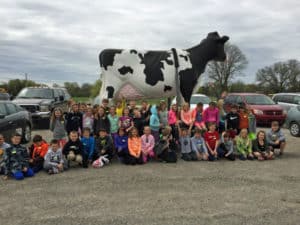

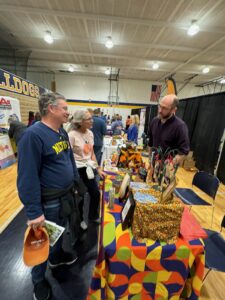


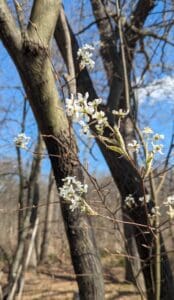



So so happy to see a column by Tom Hodgson! And this is a great one.
Love this Tom. Thanks for informing us on all these frogs. Never tried to distinguish before! Hearing them all the time in our woods, marsh and ponds!
Arly Spink
Great Article Tom! Have missed your articles. So informative. Thanks for sharing once again.
Miss you, Tom! Looking forward to our next Haehnle meeting, whenever that might be. This article was very informative – loved being able to listen to each one. I think we have all of them here around Darwin’s Eden. Thanks for sharing.
Glad you’re back writing…missed you!
We are over living in Japan now and we miss the spring peepers from the bog next to our house
Thanks Tom. Great to see (and hear!) your column again.
As usual a top of the line presentation. You have contributed so much to our understanding and appreciation of the natural world.
Andy Ford
So glad to have you back Tom.
Merlyn Street
Lovely article and presentation. We are alerting all the grandkids to take a look and a listen! Thank you so much!